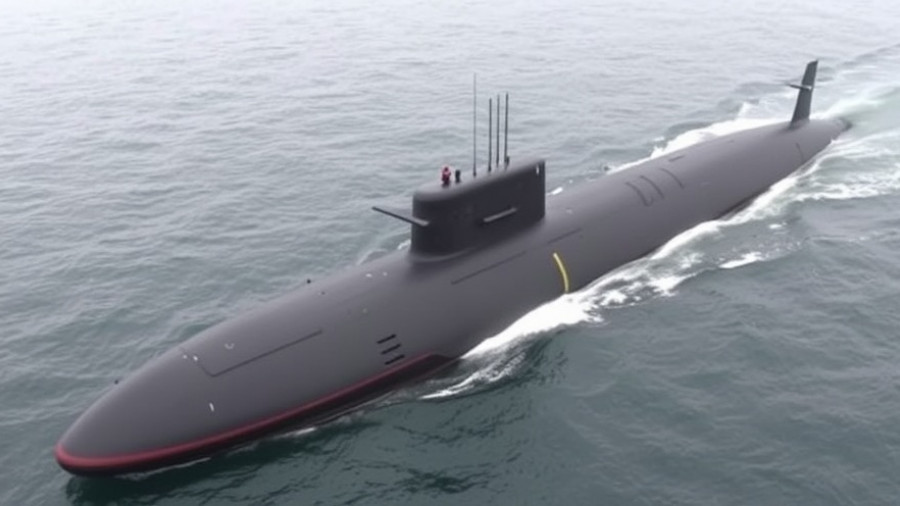
Delta Jet Crash: A Brush with Tragedy at Toronto Airport
In a shocking turn of events, a Delta regional jet crash-landed at Toronto Pearson International Airport on February 17, 2025, spinning upside-down and landing in a snow-covered landscape. The incident has raised crucial questions about safety protocols in aviation, particularly as weather conditions jeopardized the flight. Thankfully, all 80 passengers and crew aboard Flight 4819 have been safely evacuated, despite 15 individuals requiring hospitalization for injuries sustained during the chaotic landing.
Understanding the Incident: Conditions at the Airport
The crash unfolded amid blustery snow and strong wind gusts, with velocity hitting up to 40 mph on the ground and even more at height. Such extreme weather conditions can have disastrous implications during landing protocols. As experts in aviation and meteorology note, understanding weather data is critical to ensure passengers' safety. This incident highlights the need for improved predictive technology in monitoring unpredictable weather patterns, making this a potential area for investment and innovation in the future.
The Role of Technology in Aviation Safety
Technology plays an increasingly vital role in maintaining safety in the aerospace sector. Delta Airlines, like many of its competitors, has implemented advanced avionics and navigation systems aimed at minimizing risks during adverse weather conditions. The progression of technology in the aviation industry, including real-time data analytics and weather forecasting tools, is essential to enhance safety protocols on flights. Incorporating these technologies significantly reduces the chance of similar accidents happening in the future.
What Happens Next: Investigation and Implications
The Transportation Safety Board of Canada has initiated an investigation into the crash to determine the exact causes behind it, a process that may take weeks or months. It is crucial for the aviation industry to learn from incidents like this to avoid future tragedies. Airlines must incorporate findings into training programs and operational protocols to enhance passenger safety continually. The implications of this crash extend beyond immediate health concerns; they emphasize the pressing need for the aviation industry to act swiftly on safety improvements and innovations.
Rethinking Aviation Safety: Moving Forward
As this developing story continues to unravel, it serves as a reminder of the importance of stringent safety measures and technological advancements required in the aviation sector. It is also a call for airlines, regulators, and technology providers to collaborate, evaluating current protocols and projecting future trends to ensure aviation remains one of the safest modes of transport.
This incident compels us to reflect on how technological innovations, such as artificial intelligence and machine learning applications in aerospace, can transform safety protocols. Their implementation can lead to tangible improvements in pre-flight assessments and real-time decision-making capabilities.
0 Comments
 Add Row
Add Row  Add
Add 




Write A Comment